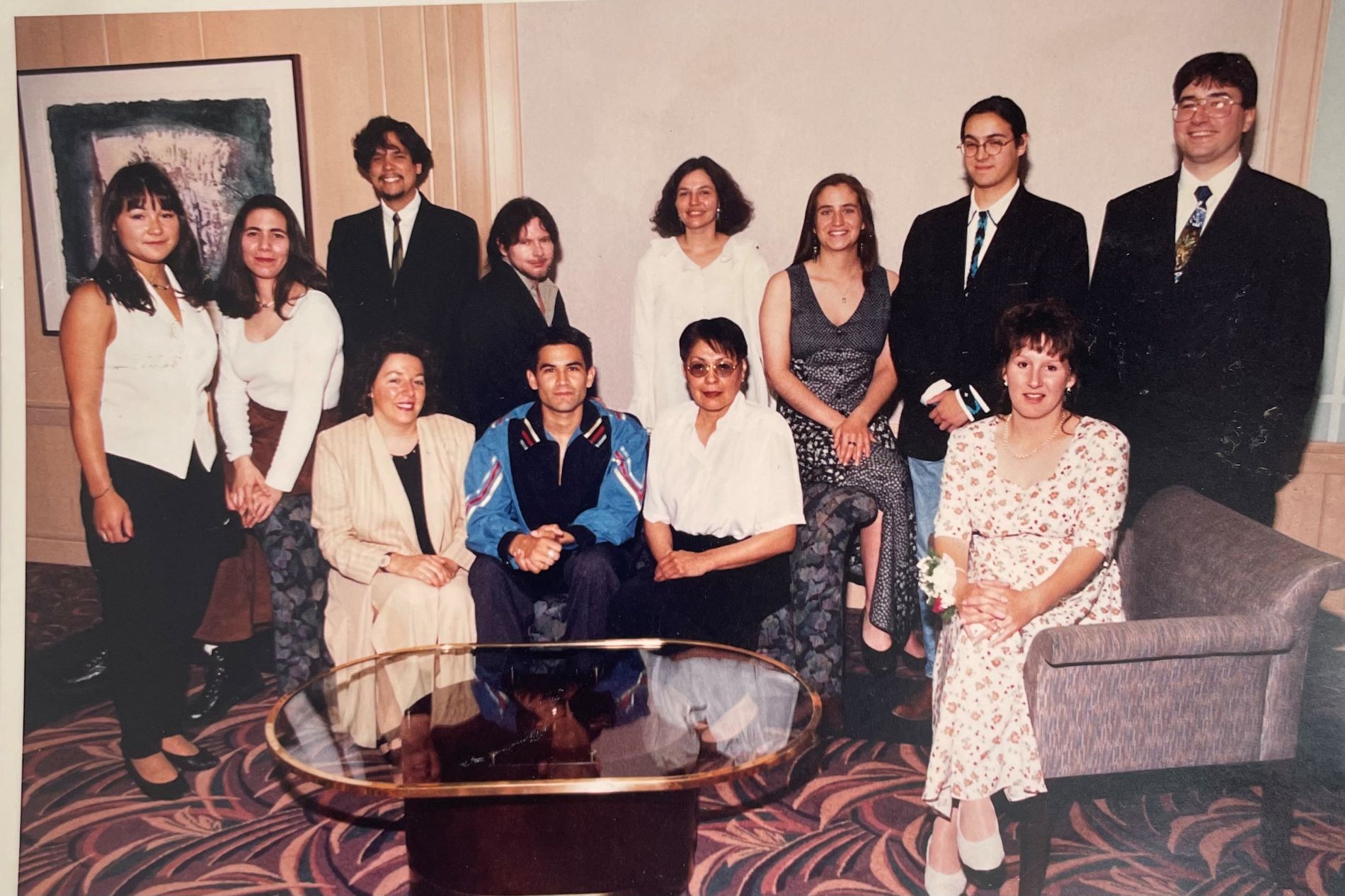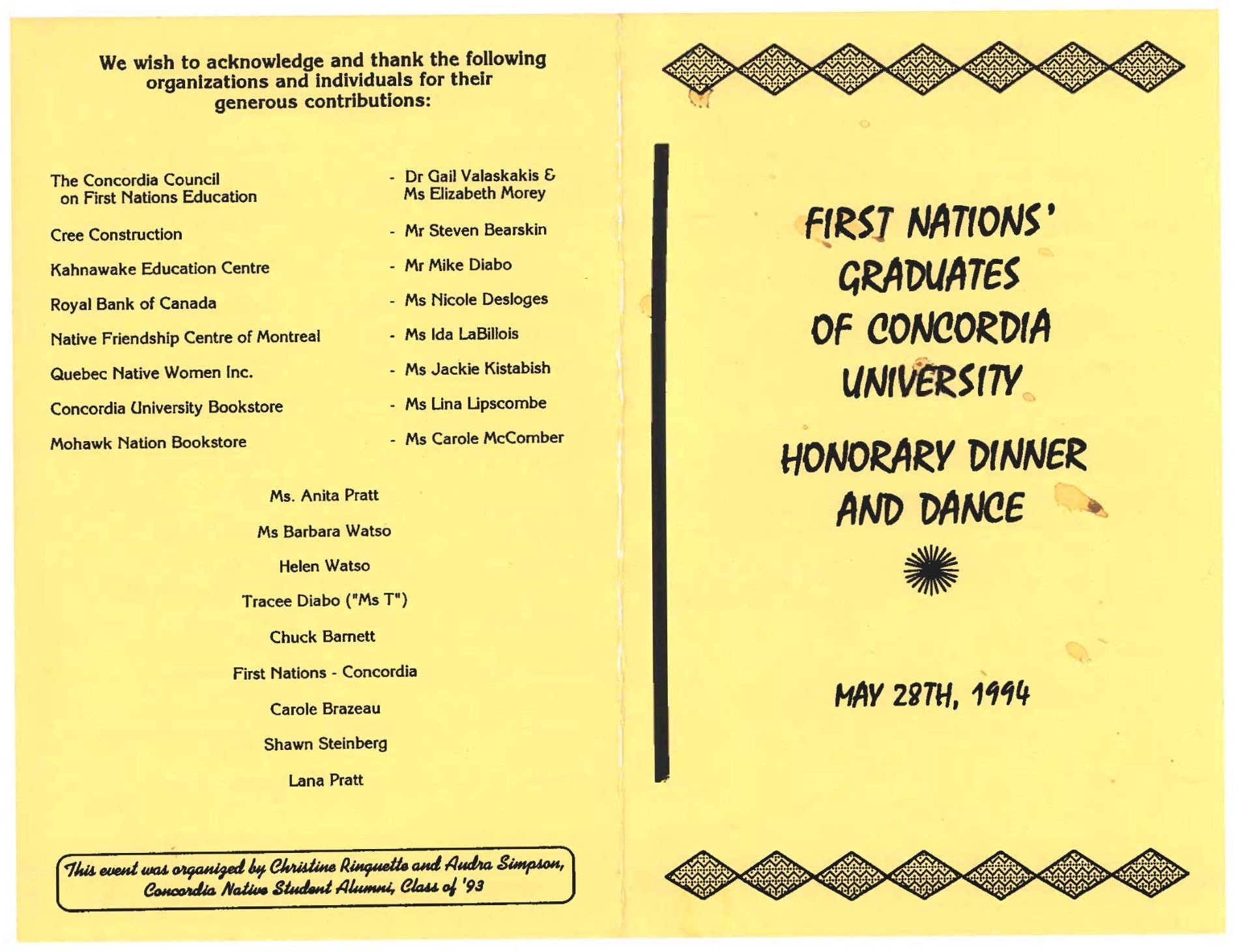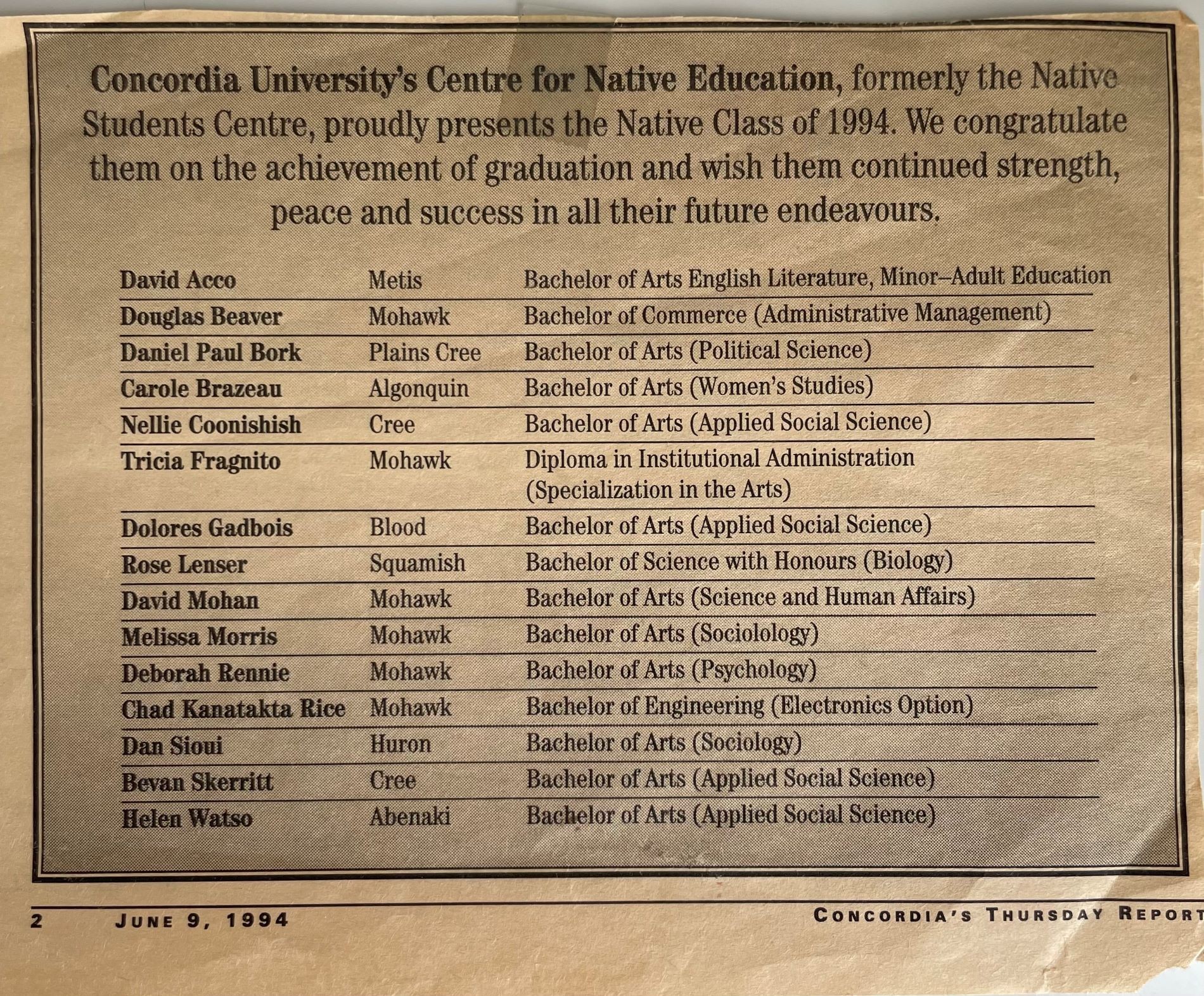Carole Brazeau is an advisor for Indigenous curriculum and pedagogy at Concordia's Centre for Teaching and Learning.
In the summer of 1990, as the sole supporter of my two young daughters, I was preparing to begin my BA in Women’s Studies at Concordia University’s Simone de Beauvoir Institute by reading the manifesto, The Second Sex.
It was a most memorable summer. The Kanehsatà:ke Resistance (Oka Crisis) had been going on for weeks. The Kanien’kenha:ka (Mohawk) Nation naturally stood firm to protect their ancestral burial grounds from being turned into a golf course. Racism toward Indigenous peoples was at an all-time high.
The Montreal Native Friendship Centre delivered food and supplies by boat to Kahnawake. At the time, I was living on the South Shore of Montreal and remember the constant sound of helicopters overhead. I recall attending a peaceful gathering on the mountain in Montreal, and my non-Indigenous friend was afraid when police arrived on horseback.
It was in this context that I attended a meet-and-greet for Indigenous students at Concordia, organized by the Centre for Mature Students. The organizers spoke of the vibrant Mohawk Nation as an inspiration for the meeting. It was that evening, we began talking about forming a First Nations student association. Stephanie Horne Kanien'kéha:ka, from Kahnawake insisted we initiate this idea.
So, in the fall of 1990, we co-founded the Assembly of First Nations-Concordia (AFN-C) later renamed the First Nations Student Association. We were a wonderful and diverse group of Indigenous leaders and scholars including; the late Robert Ottereyes (Innu (Cree), Waswanipi), Lana LeFort (Kanien'kéha:ka, Tyendinaga) Sylvia and Helen Watso (Abenaki, Odanak), Lana Pratt (Cree, Gordon). As well as Arthur Renwick (Haisla, Kitimat), who said we founded the AFN-C, “to support, gather and exchange information.”
Our early gatherings included potlucks at our apartments or informal meetings at La Cabane on St-Laurent Boulevard. Eventually, we formalized the meetings, with Lana Lefort taking the lead and drafting a constitution. We held elections for posts such as Chief, Vice-chief, Spirit Keeper and Token Keeper.



 The Class of 1994, standing, from left to right: Dr. Rose Lenser, Tricia “Skawennati” Fragnito, David Acco, Bevan “Frederick” Skerritt (deceased), Carole Brazeau, Deborah Rennie, Dan Sioui, Douglas Beaver.
Sitting, from left to right: Helen Watso, David Mohan, Dolores “White Quill” Gadbois (deceased), Melissa Morris
The Class of 1994, standing, from left to right: Dr. Rose Lenser, Tricia “Skawennati” Fragnito, David Acco, Bevan “Frederick” Skerritt (deceased), Carole Brazeau, Deborah Rennie, Dan Sioui, Douglas Beaver.
Sitting, from left to right: Helen Watso, David Mohan, Dolores “White Quill” Gadbois (deceased), Melissa Morris


